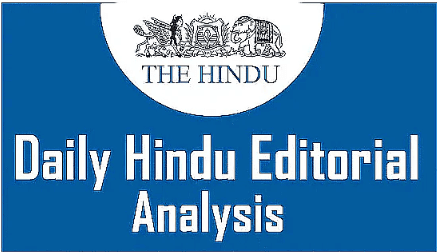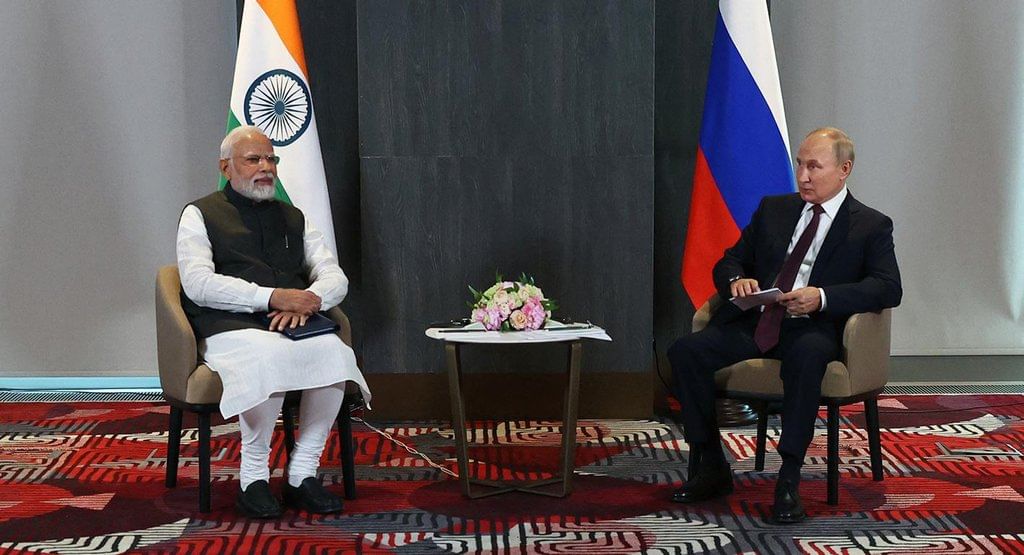The Hindu Editorial Analysis- 28th September 2024 | Current Affairs & Hindu Analysis: Daily, Weekly & Monthly - UPSC PDF Download

Keep the fire of the self-respect movement going
Why in News?
This year marks the start of the hundredth year of the Self-Respect Movement. An emancipatory movement unlike any other, its aim was to empower individuals and communities to challenge and overthrow the hierarchical structures that oppressed them. But the movement traversed farther to nurture rational thinking, inspire subaltern politics, advocate women’s rights and promote social justice.
- The Self-Respect Movement began in 1925, led by Periyar, and aimed to promote social justice, rational thinking, and women's rights.
- This movement fought against caste-based discrimination and advocated for self-respect marriages, which allowed individuals to choose their partners without considering caste.
- It emphasized the importance of women's independence and recognized how different identities intersect, focusing on the various challenges faced by women.
- In the current situation, the movement encounters obstacles such as cultural uniformity driven by Hindutva ideology.
- These challenges highlight the need for renewed efforts to achieve social justice and to uphold inclusive values within society.
The Emergence of Self-Respect
- The Self-Respect Movement started in 1925 with the launch of the Tamil weekly "Kudi Arasu" and Periyar's exit from the Indian National Congress (INC).
- This movement aimed to empower oppressed communities by promoting social justice and rational thinking.
- The Justice Party, which was in power in the Madras Presidency, supported non-Brahmin politics and various reforms that aligned with the movement's goals.
- In 1929, Periyar organized the first Self-Respect Conference, where he advocated for:
- Equal rights for women
- The abolition of caste names
- Wider social reforms
Key Reforms and Achievements
- The Self-Respect Movement promoted the idea of “self-respect marriages,” which did not involve Brahmin priests and focused on the independence and dignity of women.
- These marriages became legal when the DMK party came to power in 1967.
- The movement also fought for women's rights, advocating for:
- widow remarriage
- divorce
- property rights
- reproductive choices
- inter-caste marriages
- Although some criticized it for being anti-nationalist, the movement put social change ahead of political freedom, worrying that replacing British rule might lead to dominance by elite Hindu caste groups instead.
- It played a significant role in fostering the spirit of federalism in India.
Challenges and Future Directions
- The rise of the Hindutva ideology and the push for cultural uniformity present a major challenge, as it promotes a single national identity. This threatens the rich diversity in terms of regional, linguistic, gender, and caste identities that the movement aims to protect.
- The movement must adapt to tackle modern gender issues, including LGBTQIA rights and the concept of gender fluidity, while still holding onto its core values.
- Misinformation and biases related to caste that are spread through digital media also pose significant challenges.
- It is essential for the movement to connect with young people, particularly those who may not be aware of traditional caste systems but are susceptible to right-wing propaganda.
A Critical Mission for Social Justice
- The Self-Respect Movement, as it approaches its second century, has an important task of fighting against increasing divisive ideas and the push towards a single culture.
- By tackling current issues while remaining loyal to its main principles, the movement can keep advocating for social justice, equality, and rational thinking.
- It is crucial to bring back its revolutionary spirit to ensure a welcoming society, which will help guide future generations in maintaining and promoting its values.
Russia’s geopolitical pivot to Asia, a new India chapter
Why in News?
In 2022, Moscow cut its economic ties with Europe and made a U-turn to the Asian countries. As a result of this move, the knot of neoliberal interdependence between Russia and Europe became undone, with costs to the global economy. The need for such a turn was repeatedly proclaimed since the financial crisis of 2007–08 but was ‘adjourned sine die’. For the Russian political leadership, the core motives remained well-established.
Russia’s Turn to Asia
- In 2022, Russia decided to reduce its economic connections with Europe and focus more on Asia, especially China and India.
- This change happened because Russia's economy was at risk from outside influences due to its heavy reliance on Western markets.
Growth in India-Russia Ties
- Trade with China increased to $240 billion, while India’s relationship with Russia also grew significantly, starting from a very low point.
- India's decision to remain neutral in the European conflict created a stable environment for better economic ties.
- The economic advantages for India included expanding political connections, such as importing Russian oil and fertilizers. This helped lower costs and address issues with food inflation.
- Bilateral trade jumped from $3.5 billion in June 2022 to $7.5 billion by May 2024, exceeding the figures from previous years.
- A target for bilateral trade of $100 billion by 2030 was set, despite facing challenges like underdeveloped logistic routes and sanctions.
Challenges in Bilateral Trade
- Lack of Complementarity: Both Russia and India are concentrating on boosting their own industries, with Russia focusing on technological nationalism and India promoting Make in India. This focus results in limited economic collaboration between the two nations.
- Sanctions and Trade Imbalances: Trade sanctions make it difficult to fix trade imbalances. Additionally, there are issues like the absence of stable payment systems and the need for investment protection that must be tackled.
- Technology and Investment: The partnership in technology and investments is mostly restricted to the nuclear and military areas. There is a significant need for business-related cooperation in fields like construction, modernization, and industrial projects.
- Science and Education: There is a demand for better cooperation in STEM (science, technology, engineering, and mathematics) and social sciences to enhance relationships and bridge the information gap between Russia and India.
Outlook for India-Russia Relations
- The Ukrainian crisis has led Russia to seek closer ties with India, but there are still some limitations to this relationship.
- India faces external pressure, while Russia deals with its own financial challenges.
- In the midterm, Russia's expanding military industry may benefit India's market.
- India could potentially export items like smartphones to Russia.
- However, the quality of trade between the two countries needs to be improved.
- Indian exports often lack high-value engineering products.
- The smartphones sent to Russia are mostly assembled by foreign companies.
- To create a sustainable trade relationship, both nations should aim to enhance integration in their production processes.
- It is also important to tackle localization issues to strengthen the trade ties.
Practice Question:
Discuss the recent growth in India-Russia economic relations and the key challenges in achieving the bilateral trade target of $100 billion by 2030. (150 Words /10 marks)
|
61 videos|5403 docs|1144 tests
|
















